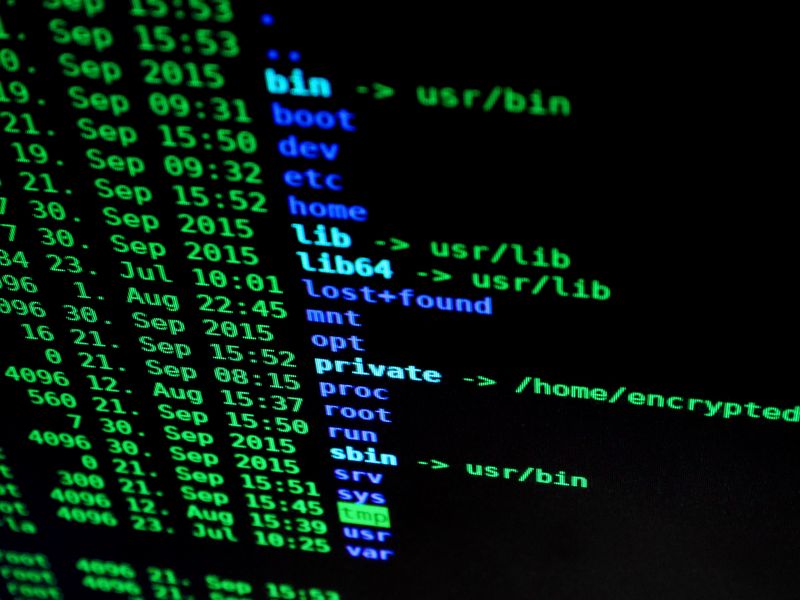The IT Professional’s Blueprint for Compliance
Introduction
In our increasingly interconnected world, cybersecurity has become a critical concern for organizations across various industries. The need to protect sensitive data and systems has never been more urgent, particularly as cyber threats continue to evolve and become more sophisticated. To address these challenges, IT professionals must align themselves with the appropriate frameworks and standards that govern cybersecurity practices. In this report, we will explore five key frameworks – HIPAA, NIST, CIS-CSC, Essential Eight, and Cyber Essentials – and discuss their significance in helping organizations enhance their security defenses.
The Importance of Compliance
Compliance with industry-specific frameworks is crucial for organizations, as failure to meet the necessary standards can have severe consequences. Not only can non-compliance result in financial penalties and legal ramifications, but it also puts the organization at increased risk of data breaches, reputational damage, and loss of customer trust. By aligning with established frameworks, organizations can demonstrate their commitment to cybersecurity best practices and improve their overall security posture.
HIPAA
The Health Insurance Portability and Accountability Act (HIPAA) is a framework that specifically governs data privacy and security in the healthcare industry. Given the highly sensitive nature of patient information, healthcare organizations must comply with HIPAA regulations to ensure the confidentiality, integrity, and availability of protected health information (PHI). IT professionals working in healthcare settings should familiarize themselves with the HIPAA Security Rule, which provides guidance on implementing safeguards to protect PHI against unauthorized access and disclosure.
NIST
The National Institute of Standards and Technology (NIST) Cybersecurity Framework is widely recognized as a comprehensive set of guidelines for improving cybersecurity practices across various industries. The framework provides a flexible approach that organizations can customize to meet their specific needs. It emphasizes the importance of identifying and managing cybersecurity risks, implementing strong security controls, and regularly monitoring and updating security measures. IT professionals can leverage the NIST framework to enhance their organization’s cybersecurity capabilities and foster a culture of continuous improvement.
CIS-CSC
The Center for Internet Security (CIS) Controls, also known as CIS-CSC, is a set of best practices aimed at safeguarding organizations against cyber threats. These controls cover a wide range of cybersecurity measures, from asset management and vulnerability assessment to incident response and recovery. IT professionals can use the CIS-CSC as a foundation for establishing effective security controls within their organizations. By implementing these controls, organizations can significantly reduce their vulnerability to cyber attacks and mitigate potential damage.
Essential Eight
The Essential Eight is a set of mitigation strategies developed by the Australian Cyber Security Centre (ACSC) to combat a range of cyber threats. These strategies provide practical guidance to organizations on how to mitigate the most common cyber threats, including ransomware, malicious email attachments, and privilege escalation attacks. IT professionals should consider the Essential Eight as a starting point for enhancing their organization’s security defenses. By implementing these strategies, organizations can address common vulnerabilities and protect their critical systems and data.
Cyber Essentials
Cyber Essentials is a UK government-backed scheme that aims to help organizations protect themselves against common cyber threats. The scheme provides a baseline of cybersecurity measures that all organizations should adopt to safeguard their systems and data. IT professionals can use the Cyber Essentials framework to ensure their organization has implemented essential security controls, such as secure configuration, access control, and malware protection. Additionally, Cyber Essentials certification can serve as a valuable benchmark to demonstrate an organization’s commitment to cybersecurity.
Conclusion
As cyber threats continue to evolve, IT professionals must stay updated and proactive in their approach to cybersecurity. By aligning with frameworks such as HIPAA, NIST, CIS-CSC, Essential Eight, and Cyber Essentials, IT professionals can strengthen their organization’s security defenses and effectively manage cybersecurity risks. Compliance with these frameworks not only helps organizations avoid financial and legal consequences but also contributes to the overall resilience and trustworthiness of the organization. It is essential for IT professionals to stay informed, regularly assess their organization’s security posture, and continuously improve their cybersecurity measures to stay ahead in the ever-changing threat landscape.

<< photo by Tima Miroshnichenko >>
The image is for illustrative purposes only and does not depict the actual situation.
You might want to read !
- The Illusion of Autonomous Safety: Unveiling the Vulnerabilities in Self-Driving Cars
- ForAllSecure’s Dynamic Software Bill of Materials: Revolutionizing Application Security
- The Hidden Network: Unmasking the DarkGate Operator’s Malware Distribution Tactics
- The Rise of Crippling ‘Dual Ransomware Attacks’: A Threatening FBI Warning
- Demystifying Data Access: Introducing a Groundbreaking OS Tool
- Qualcomm Takes Action to Thwart Active Exploitation with New Patch
- The Vulnerability Within: Exploring the Supply Chain Risk of Linux OSes
- The Implications of a French Cybercriminal’s Guilty Plea in US Court
- Decoding the Deception: Analyzing the Psychology of Scam Victims
- “The Resilient Qakbot: An Infection That Defies Eradication”
- How can Protect AI’s 3 Open Source Security Tools Safeguard AI and ML?
- Open Source AI Users Face Critical ‘ShellTorch’ Flaws: Implications for Tech Giants like Google
- Linux Foundation Unveils OpenPubkey: A New Era of Open Source Cryptography
- The Evolution of Cyber Militancy: Hacktivists Join the Conflict Between Hamas and Israel




